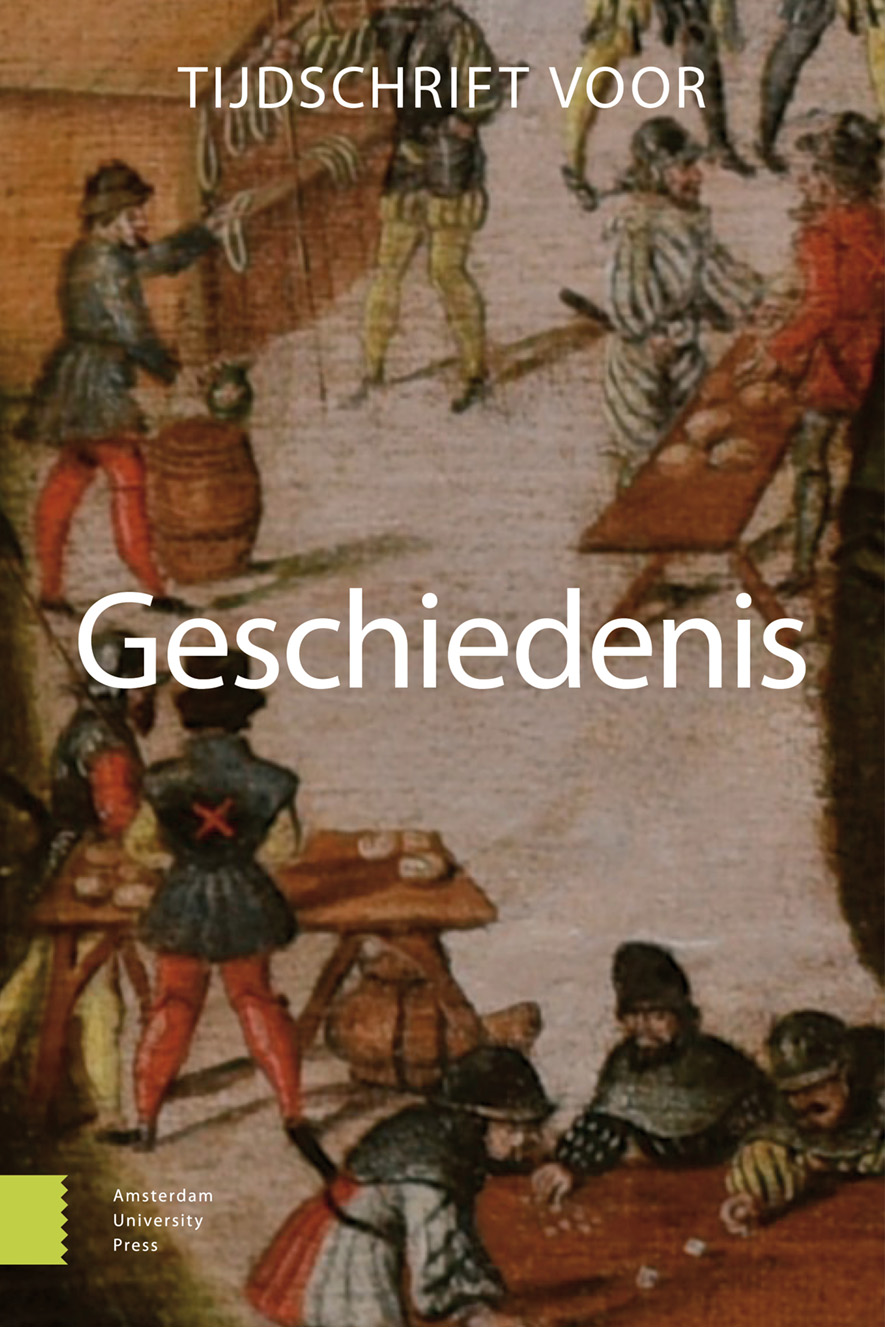-
oa De Fries-Hollandse zwartbonte in de twintigste eeuw - Van melkspecialiste naar dubbeldoelkoe en weer terug
- Amsterdam University Press
- Source: Tijdschrift voor Geschiedenis, Volume 125, Issue 4, Dec 2012, p. 536 - 551
Abstract
In the mid twentieth century Dutch dairy cattle were a dual purpose breed that produced not only milk but also good quality meat. In the 1970s and 1980s, however, the breed was changed into a specialized milk producer. Meanwhile, whereas cattle breeding had until then been considered an art, to be practiced only by practical breeders, scientists took on an increasingly important role. This paper analyses the dynamic interactions between breeders, scientists, economic developments, and policy making that shaped this change. In historical overviews the creation of the specialised dairy type after 1970 is seen as part of what is called the postwar modernization project in Dutch agriculture. Economic developments are assumed to have necessitated this project, and specialization of production is seen as a natural outcome. This paper challenges this view. It argues that cattle breeding was guided by a variety of considerations pertaining to practical experience, methods, scientific and technical insights, ideas about responsible farming, aesthetic preferences, commercial interests, economic circumstances, and government policies. On closer inspection the change in breeding practices illustrates, once again, that innovation cannot be planned.


